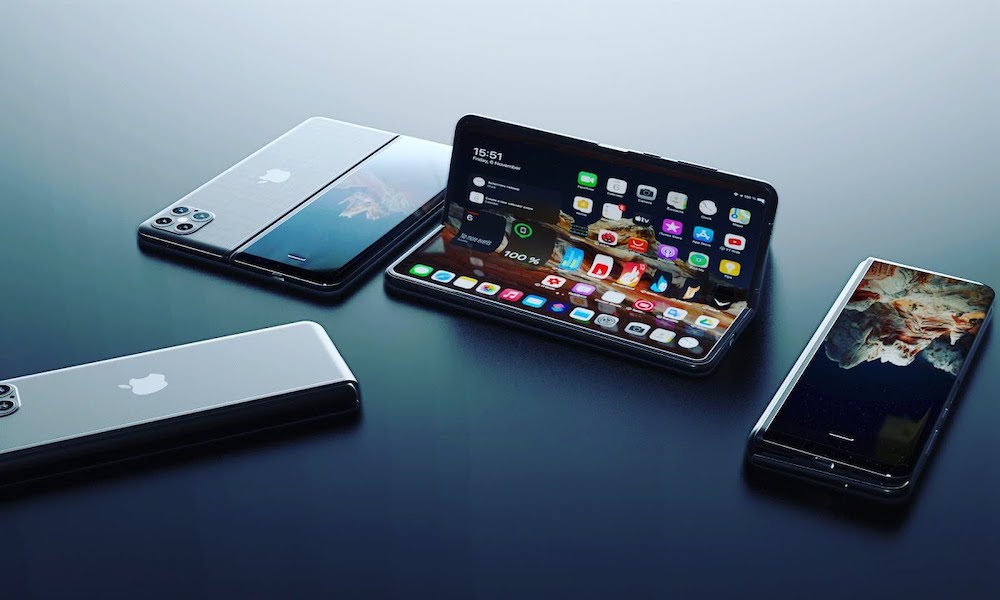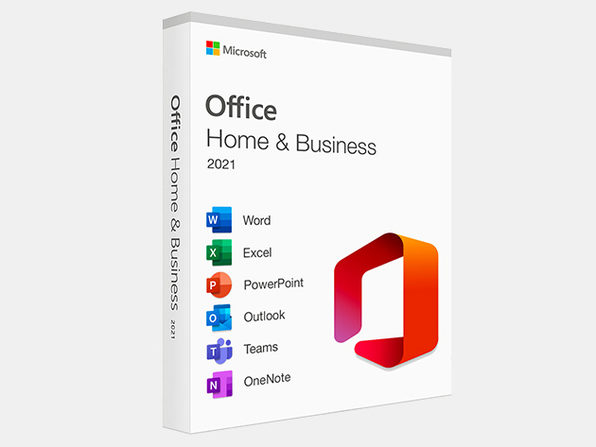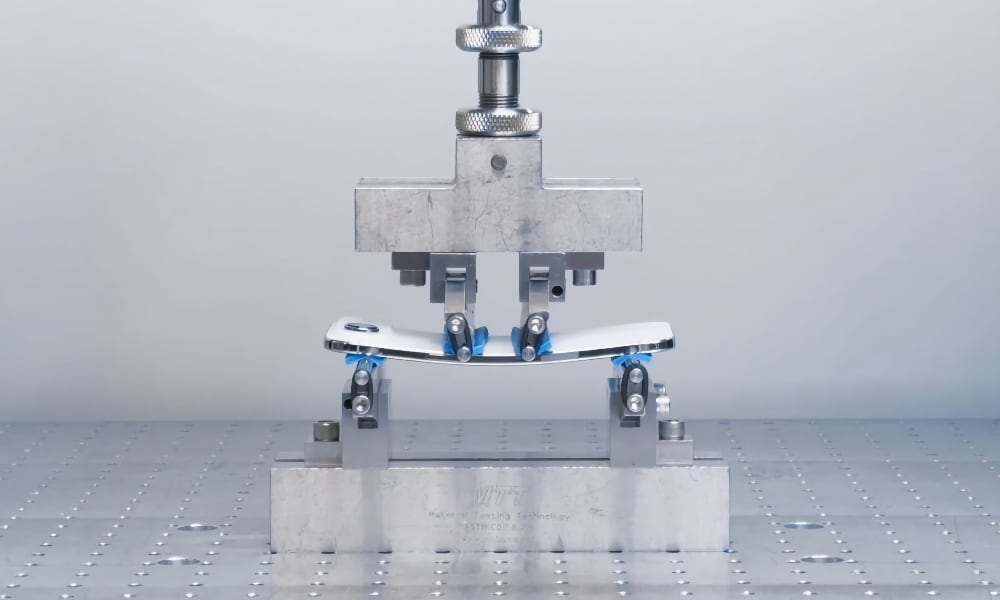Apple’s ‘iPhone Fold’ May Mix Titanium and Aluminum
 YouTube
YouTube
Toggle Dark Mode
Apple’s upcoming foldable iPhone will feature a chassis made from a mix of titanium and aluminum, claims analyst Jeff Pu of GF Securities Hong Kong. Pu made his claim in a note shared with investors on Wednesday.
Pu indicated that Apple will expand its use of titanium to the so-called “iPhone Fold,” meaning both the iPhone Air and the foldable iPhone will use the material in their frames. Pu’s wording did not make it completely clear how the two materials will be used. Notably, he didn’t specify whether Apple plans to use a titanium-aluminum hybrid compound for the device’s frame or use titanium in some portions and aluminum in others.
“The metal frame will turn favorable on increasing usage of titanium, which will likely be adopted by iPhone 18 Fold (titanium + aluminum) and iPhone 18 Air,” wrote Pu.
A mixed-metal chassis has been rumored before for Apple’s foldable handset. Earlier this year, analyst Ming-Chi Kuo predicted that Apple would use multiple alloys for the device. However, Kuo and Pu differ on which materials Apple will choose. Kuo suggests that a mix of titanium and stainless steel will be used for the hinge, while the frame will be constructed from titanium. He also noted that some hinge components will be crafted from Liquidmetal for added durability.
Apple’s first foldable iPhone is rumored to be a mere 4.5 mm thin when in its open position, which means it would be even thinner than Apple’s recently released iPhone Air. A device that thin would almost have to use a strong material like titanium for the frame to prevent bending. The iPhone Air features a titanium frame, which has demonstrated significant resistance in multiple bending torture tests, such as the one shown in this image from Tom’s Guide:
Titanium alloys often include small amounts of aluminum, and the two metals can also be combined in various proportions. Titanium is the heavier of the two metals, so Apple may have plans to use it for the stress-bearing elements of the design, while using aluminum for other components to reduce the weight of the foldable.
There have been several other rumors about the foldable iPhone. The device is said to boast a display size of approximately 5.5 inches when closed, expanding to around 7.8 inches when opened.
Samsung is expected to be the vendor for foldable iPhone displays. Earlier this month, Samsung Display CEO Lee Cheong let slip that his company is preparing to gear up mass production of foldable OLED display panels for a “North American customer.”
Apple is expected to debut its foldable iPhone as a part of its 2026 iPhone 18 lineup, which will likely launch next September. Display analyst Ross Young said in 2024 that Apple’s “dominant position in flagship smartphones” could provide a boost to foldable smartphone sales when it is released in 2026, possibly resulting in a record sales year for foldable devices. Young expects the foldable phone market to grow by more than 30% in 2026, continuing to expand at 20% in 2027 and 2028. If the predictions are accurate, Apple’s entry into the foldable market may redefine what high-end materials mean for flexible smartphones.
[The information provided in this article has NOT been confirmed by Apple and may be speculation. Provided details may not be factual. Take all rumors, tech or otherwise, with a grain of salt.]








